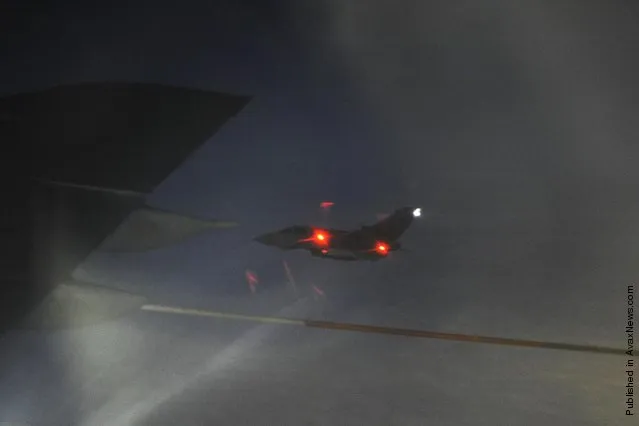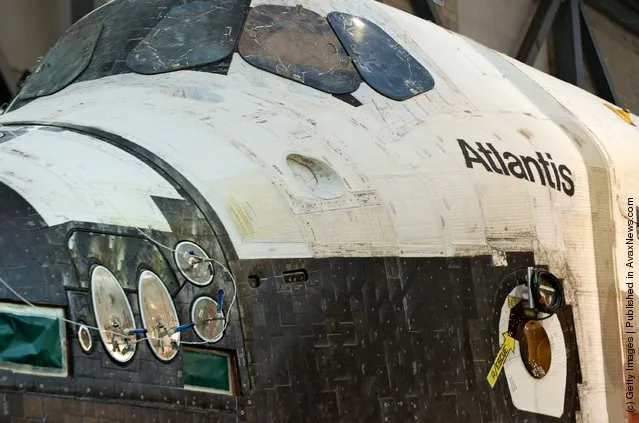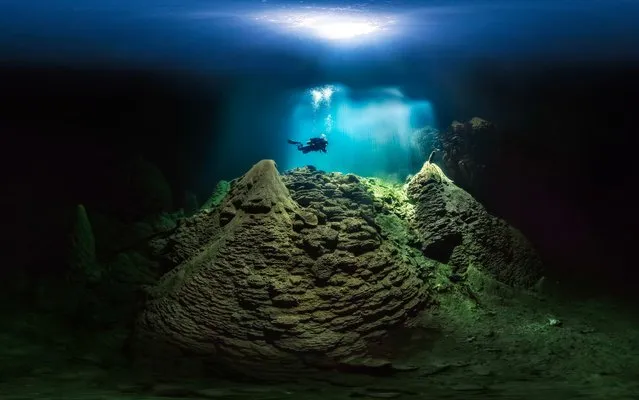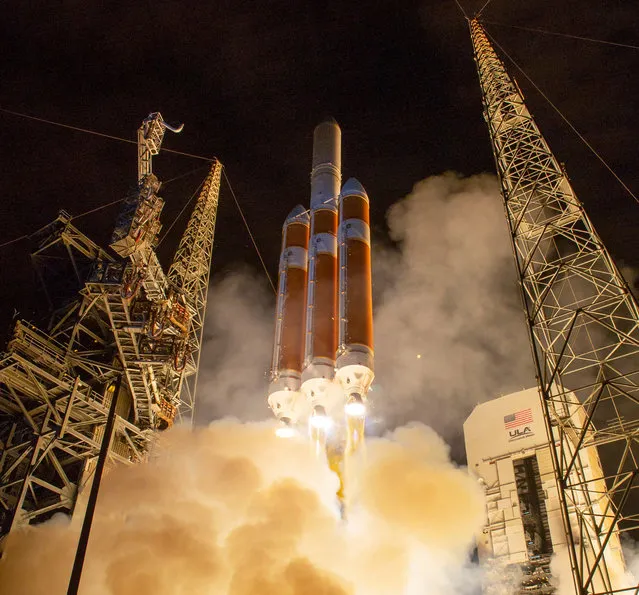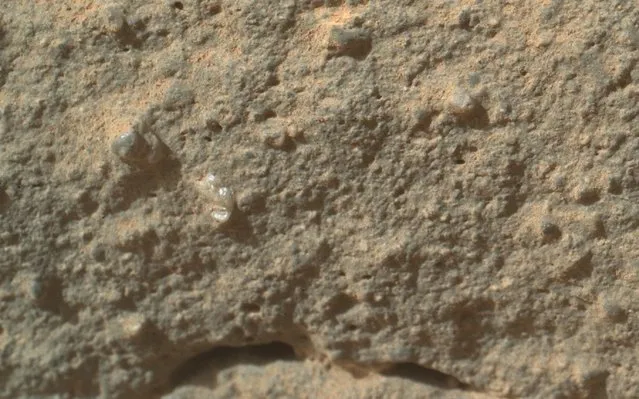
These adorable rat portraits were taken by a committed photographer who’s made it her mission to remove the stigma attached to the creatures. Diane Ozdamar’s vibrant images feature rodents cutely cuddling flowers, eating fruit, playing with bubbles, and lovingly interacting with each other. The 32-year-old photographer, who lives in Montreal, Canada, shot her «Fancy Rats» series over a number of years. (Photo by Diane Ozdamar/Caters News)
14 Oct 2017 09:46:00,post received
0 comments

